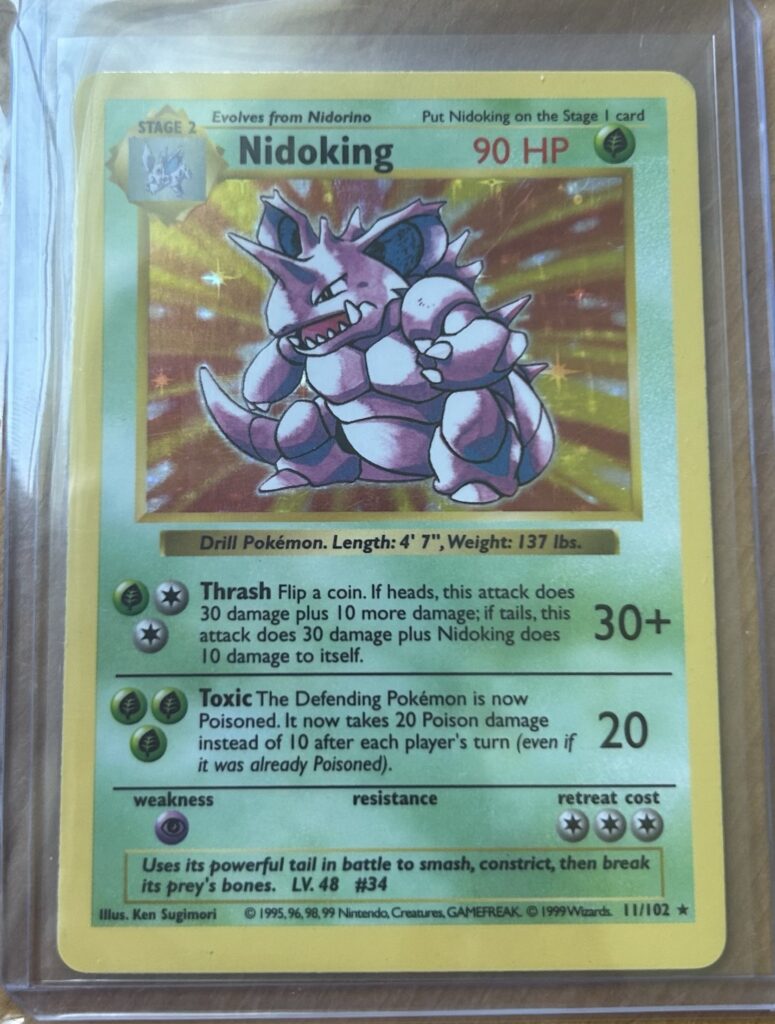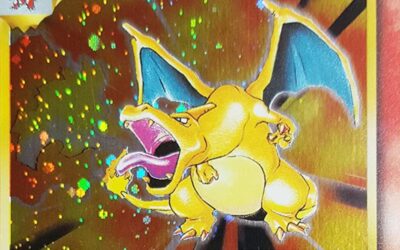Let’s talk about the wild world of Pokémon promo cards—those oddballs you didn’t pull from a booster pack but somehow ended up in your collection anyway. Maybe it came from a Happy Meal, maybe from a movie theater, or maybe from your friend’s weird uncle who visited Japan once in 1999 and swears he bought it legit.
Whether you’re in this for nostalgia or dollar signs (or let’s be real—both), promo cards are some of the most misunderstood and mispriced parts of the hobby. So here’s your no-fluff, hype-free, collector-insider breakdown of which Pokémon promo cards are pure binder candy and which ones can actually move the needle on your bottom line.
What Counts as a “Promo” Card?
A “promo” card is any card released outside of regular sets—usually marked with a black star and the word “Promo” on it. But the category includes way more than just that. Think:
- McDonald’s annual promos
- Movie tie-ins (like the classic Ancient Mew)
- Tournament participation cards
- Japanese-only giveaways (like the 1998 Tamamushi University Magikarp—yep, it’s real)
- TCG product inserts (like promos in Elite Trainer Boxes or Collector Chests)
They range from absolute grails to “why is this sticky” trash, so let’s break it down by type.
McDonald’s Promos: Cute, But Worth Anything?
Ah yes, the yearly pilgrimage to secure Pokémon cards with your Chicken McNuggets. McDonald’s promos are designed to be fun and mass-distributed. In other words: low scarcity, low value… but not always worthless.
Some sealed McDonald’s packs from earlier runs (2011, 2014) have gained a little steam, especially if the cards grade well. But if you’re picking up 2023 or 2024 promos thinking they’ll pay your mortgage—don’t. These are flips for clicks, not six-figure exits.
That said, we’ve seen sealed McDonald’s packs used as clever upsells in bundles or mystery boxes. The cost is low, and the perceived nostalgia is high. Strategic use? Yes. Long-term hold? Eh.
Movie Promos: Ancient Mew and Friends
The 1999–2001 Pokémon movie promos hit differently. Everyone remembers getting that glossy Ancient Mew or a promo Pikachu when they saw Pokémon: The First Movie. And while most of these aren’t going to make you rich, PSA 10s of Ancient Mew or Dragonite from The Power of One can pull in $50–150 on the right day.
The trick? It all comes down to condition. These were handed out to kids, not vacuum-sealed in Mylar sleeves. Most are scratched to oblivion. If you find one crispy, grade it.
Japanese Exclusives: Big Risk, Big Reward
This is where things get serious. Japanese promo cards often have small print runs, exclusive distribution, and wild backstories. Some of the most valuable cards in the hobby are promos—just not the kind you’d find in a cereal box.
Here are a few standouts worth knowing:
- 1998 Pikachu Illustrator – Considered the holy grail. $100k+ range. Don’t expect to stumble across this at a garage sale.
- Tamamushi University Magikarp – Won through a mail-in campaign for a 1998 tournament. Around 100 copies. PSA 10s break $15k easily.
- Battle Festa and ANA Promos – Smaller release promos that often fly under the radar but have solid collector demand.
And for the flip-minded: you don’t always need a 5-figure card. Even modern Japanese exclusives (like Pokémon Center or magazine promos) can 2x–5x if you’re early and clean on condition. You just have to know what you’re buying—and be quick on the import window before U.S. demand catches on.
Tournament Promos: Hidden Heat
Staff promos. Regionals. Pre-release stamped cards. These promos come straight from the tournament scene, and depending on the set, they can command real premiums.
Key tip: “Staff” stamped promos (especially vintage ones) are heavily desired because they were only given to event organizers, not players. That scarcity makes them prime flip material—especially in high grade.
We’re seeing a rise in attention on tournament-issued promos, especially as graded pops remain low and collectors chase full runs. Want a taste of that angle?
Should You Grade Promo Cards?
Here’s the thing—most raw promos aren’t going to make you rich. The play comes in grading, but only if:
- The card is low pop or high demand (like Ancient Mew or tournament promos)
- It’s in pristine condition—centering, edges, surface, corners all matter
- You’re patient enough to wait 1–3 months for a flip (unless you’re using a faster tier)
PSA 10s of select promos can 5x or even 10x a raw price. But 9s? Often break-even or worse. So if you’re grading, don’t send junk. Be ruthless in pre-screening—or you’re just donating money to PSA.
Where Promo Cards Fit in the Hobby Ecosystem
Promo cards are the spice. They’re not the meat and potatoes of Pokémon investing (that’s still your core sets, low-pop holos, etc.), but they add flavor—and if you know what you’re doing, they can season your profits too.
If you’re a binder collector? Grab ‘em. If you’re a seller? Bundle them. If you’re a flipper? Grade the right ones, and avoid the temptation to send everything with a golden “Promo” star on it.
Final Thoughts
Not all Pokémon promo cards are created equal. Some are perfect for flipping, others are destined for the dollar bin. The best ones? They hit that magic combo of nostalgia, scarcity, and clean condition.
So next time someone tries to flip you a bent McDonald’s Snivy for $20… you know what to do.
Got a promo card you’re thinking of flipping? Tag us on socials or hit our inbox. And if you’re browsing, check our current promo card listings.





0 Comments